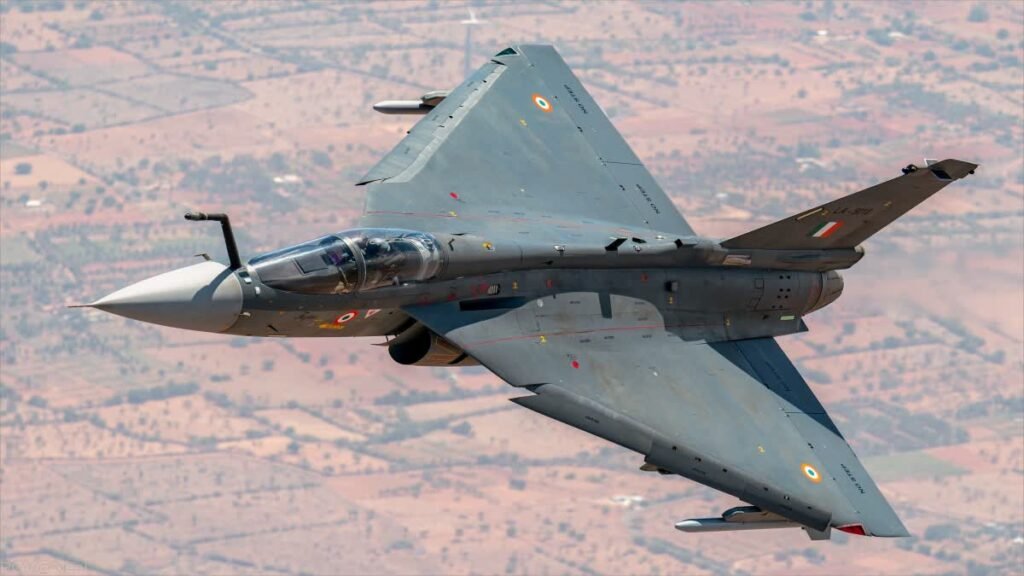
In a monumental stride toward fortifying both national security and indigenous defence manufacturing, India’s Defence Acquisition Council has given the green light for a slew of crucial acquisitions. Valued at a staggering ₹2.23 lakh crore, these acquisitions mark a watershed moment in the country’s history, emphasizing self-reliance in defence production and job creation within the sector.
The approved deals encompass the procurement of 97 Tejas aircraft and 156 Prachand attack helicopters, both of which are domestically developed, amounting to roughly ₹1.1 lakh crore. The Tejas Mark 1-A fighters, designed for the Indian Air Force, boast cutting-edge features including active electronically-scanned array radar, an electronic warfare suite, and air-to-air refuelling capabilities. These aircraft represent India’s inaugural foray into self-made fighter jets, having attained full operational clearance for induction into the Indian Air Force in February 2019.
Additionally, the Prachand Light Combat Helicopters, developed by Hindustan Aeronautics Limited (HAL), with a service ceiling of approximately 21,000 feet, are strategically designed for deployment in high-altitude regions like Siachen, Ladakh, and Arunachal Pradesh. Their induction will substantially diversify the Indian Air Force’s attack helicopter fleet, augmenting existing assets such as the HAL Rudra, US-manufactured Apaches, and Russian Mi-35s.
Beyond these significant procurements, the Defence Acquisition Council has sanctioned further deals encompassing anti-ship missiles, towed gun systems, Sukhoi Su-30 MKI upgrades, replacement of the Indian field gun, and advancements for the Russian T-90 tanks, affirming a commitment to bolstering India’s military prowess across multiple fronts.
What sets this development apart is the resounding emphasis on ‘aatmanirbharta’ or self-reliance, with an overwhelming 98% of the total ₹2.2 lakh crore sourced from domestic industries. This landmark decision not only signifies a quantum leap for indigenous manufacturers but also promises to generate employment opportunities in the long run.
However, while the Acceptance of Necessity (AoN) has been granted, the subsequent phase of contract negotiations with manufacturers is anticipated to be time-consuming. Nevertheless, this timeline is expected to be notably shorter than it would have been with involvement from foreign manufacturers.
The finalization of prices and subsequent clearance from the Cabinet Committee on Security are pending stages before the induction of these defence assets into the military, a process anticipated to take a minimum of 10 years.
This momentous stride towards self-reliance in defence manufacturing also encompasses upgrades to the existing Sukhoi Su-30 MKI fleet, the introduction of state-of-the-art artillery systems, advancements in artillery projectiles, and enhancements to the Navy’s capabilities with medium-range anti-ship missiles, all procured under the ‘Buy (Indian-IDDM)’ category.
The procurement of indigenous weaponry and systems signifies not just a bolstering of India’s defence arsenal but a resounding affirmation of the country’s capability to design, develop, and manufacture cutting-edge defence technology, thus fostering self-sufficiency and fortifying national security for the foreseeable future.
Sources By Agencies

